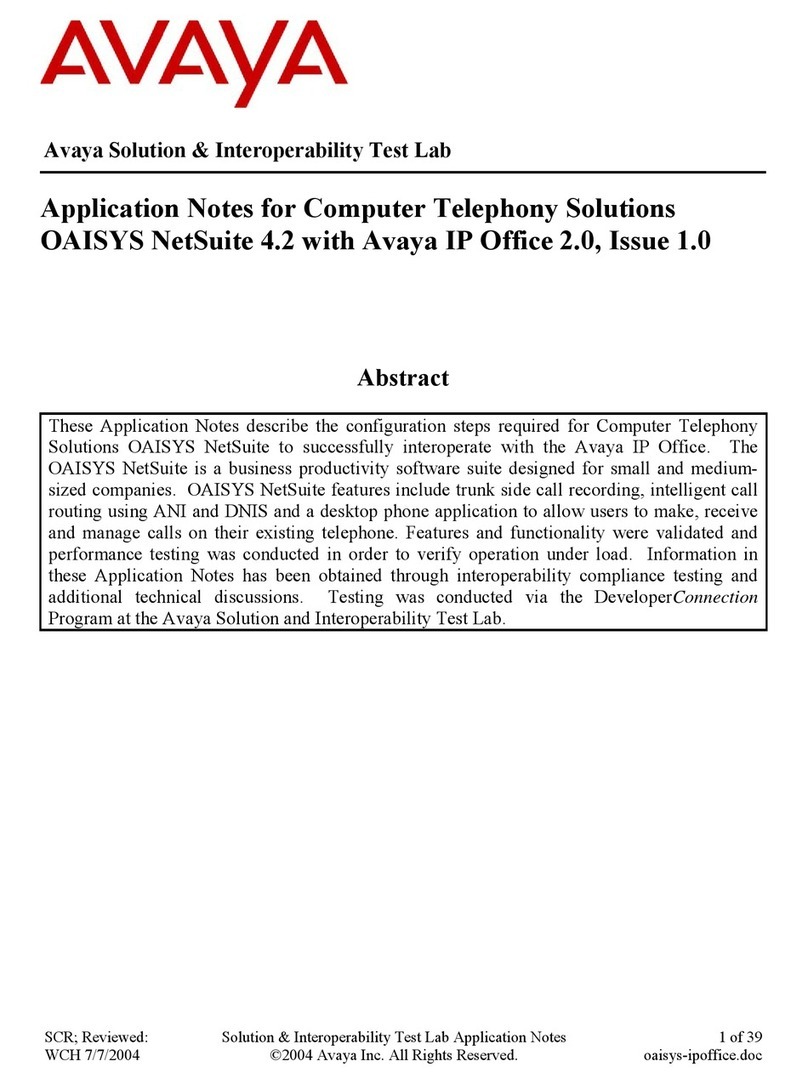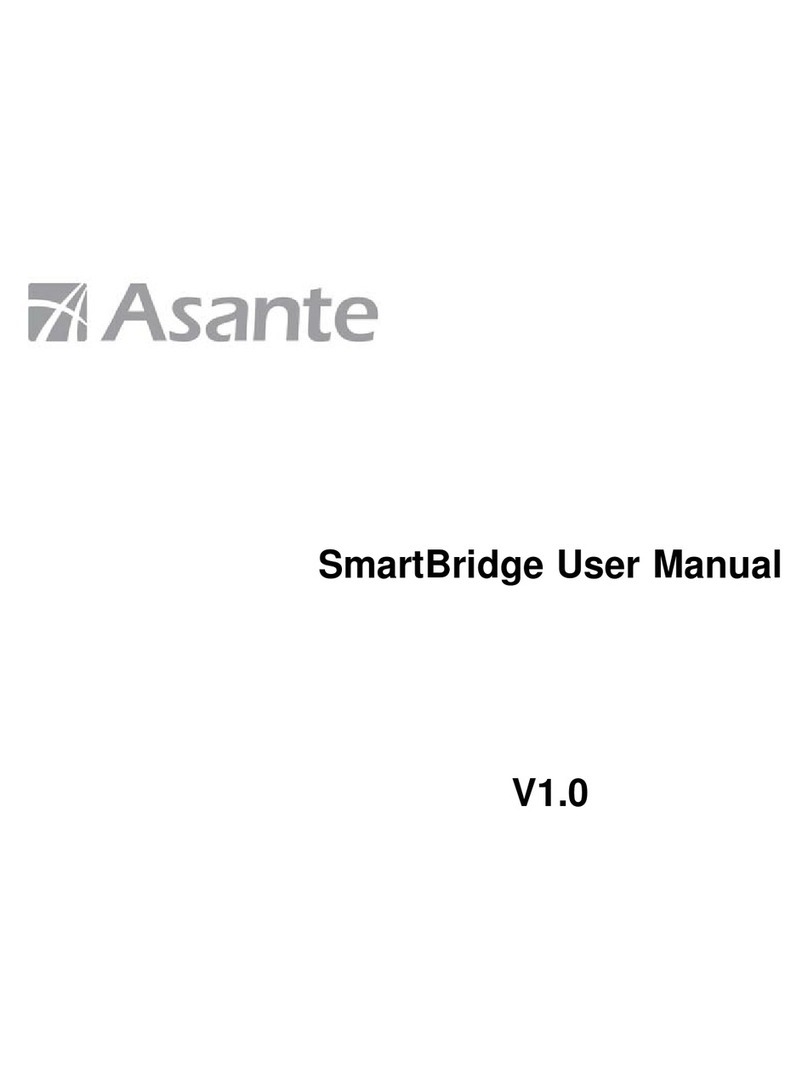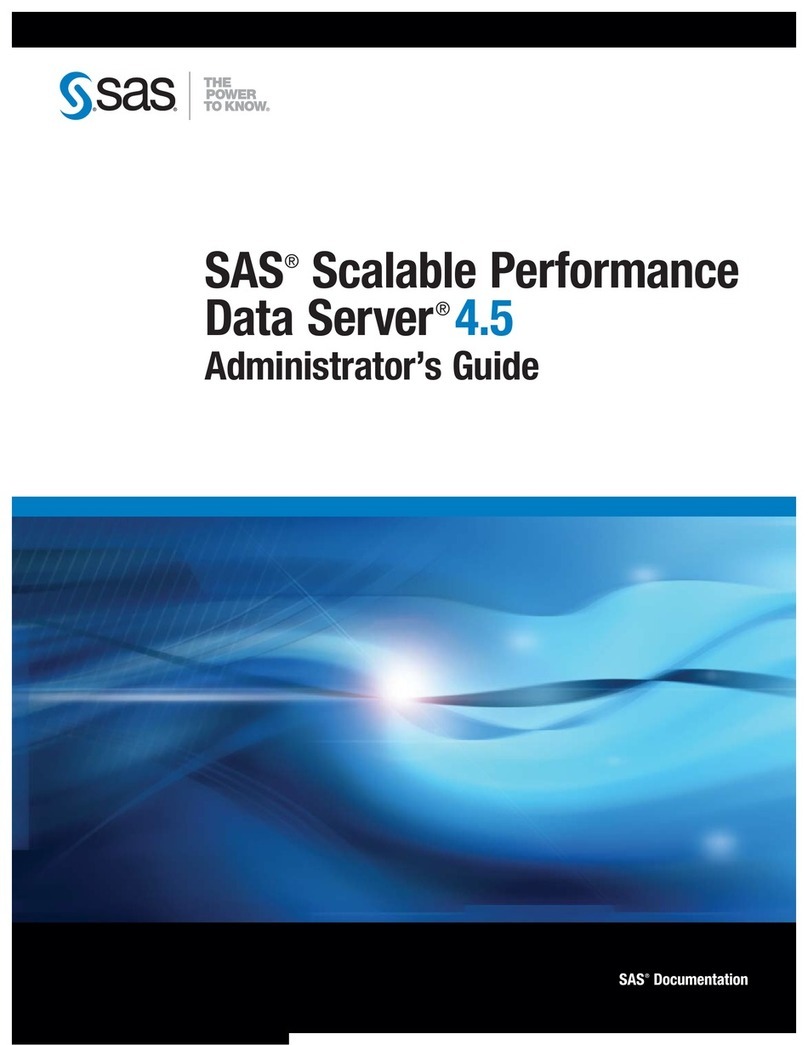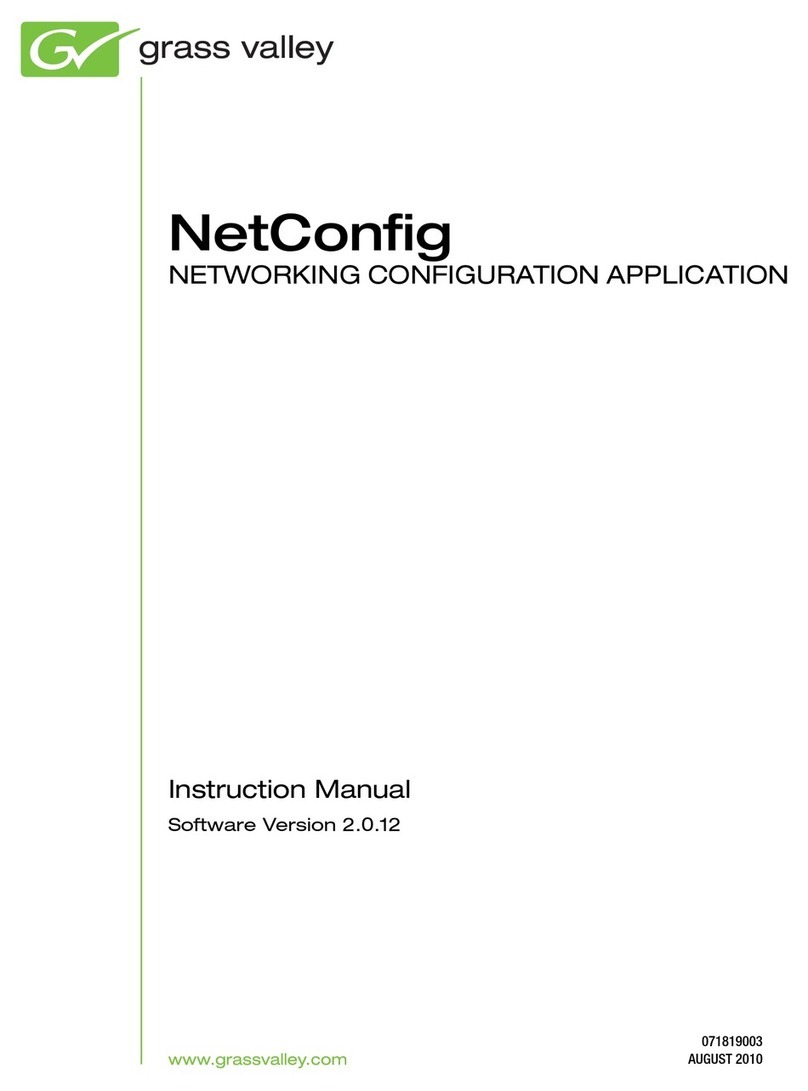2System Requirements
Servers meeting the following minimum system requirements have the
capacity to receive up to 128 channels and transmit up to 300 channels with
the image settings of 1280 x 1024 resolution, 30 fps and H.264 / MPEG4
codec for each channel.
OS
CPU
Memory
Hard Disk
Browser
LAN
Hardware
64-bit Windows 7 / Server 2008
Core i5 750, 2.67 GHz
4 GB Dual Channels (without recording)
6 GB Dual Channels (with recording)
1 GB (for installation)
●Internet Explorer 8.0.7600.16385
●Internet Explorer 9.00.7930.16406
●Firefox 3.6.13
●Google Chrome 9.0.597.94
●Safari 5.33.19.4
Gigabit Ethernet X 1
●GV-Video Gateway: Internal or external USB Dongle
●GV-Recording Server: Internal USB Dongle
●Receive up to 128 ch and transmit up to 300 ch with the image settings
of 1280 x 1024 resolution, 30 fps and JPEG codec for each channel. OR
●Receive up to 128 ch and transmit up to 128 ch with the image settings
of 1920 x 1080 resolution, 30 fps and JPEG codec for each channel. OR
●Receive up to 128 ch and transmit up to 128 ch with the image settings
of 2048 x 1536 resolution, 20 fps and JPEG codec for each channel. OR
●Receive up to 128 ch and transmit up to 300 ch with the image settings
of 1280 x 1024 or 1920 x 1080 resolution, 30 fps and H.264 / MPEG4
codec for each channel. OR
●Receive up to 128 ch and transmit up to 300 ch with the image settings
of 2048 x 1536 resolution, 20 fps and H.264 codec for each channel.
Note:
1. Memory required varies depending on the number of channels and
resolution of videos received.
2. The 1 GB hard disk requirement is for installation of GV-Recording
Server only. To see hard disk requirements for recording, refer to
Recommended Hard Disk Requirements.
3. In order to receive 128 channels and transmit up to 300 channels
with the image settings of 1280 x 1024 resolution, 30 fps and JPEG
codec for each channel, Gigabit Ethernet x 6 is required.
4. Firefox, Google Chrome and Safari users can only access single live
view with Quick Time player and cannot play back recorded files.
Minimum System Requirements
Servers meeting the optimal system requirements have the capacity to
perform one of the following:
OS
CPU
Memory
Hard Disk
Browser
LAN
Hardware
64-bit Windows 7 / Server 2008
Core i7 920, 2.67 GHz
6 GB Dual Channels (without recording)
8 GB Dual Channels (with recording)
1 GB (for installation)
●Internet Explorer 8.0.7600.16385
●Internet Explorer 9.00.7930.16406
●Firefox 3.6.13
●Google Chrome 9.0.597.94
●Safari 5.33.19.4
Gigabit Ethernet X 6
●GV-Video Gateway: Internal or external USB Dongle
●GV-Recording Server: Internal USB Dongle
Optimal System Requirements



























